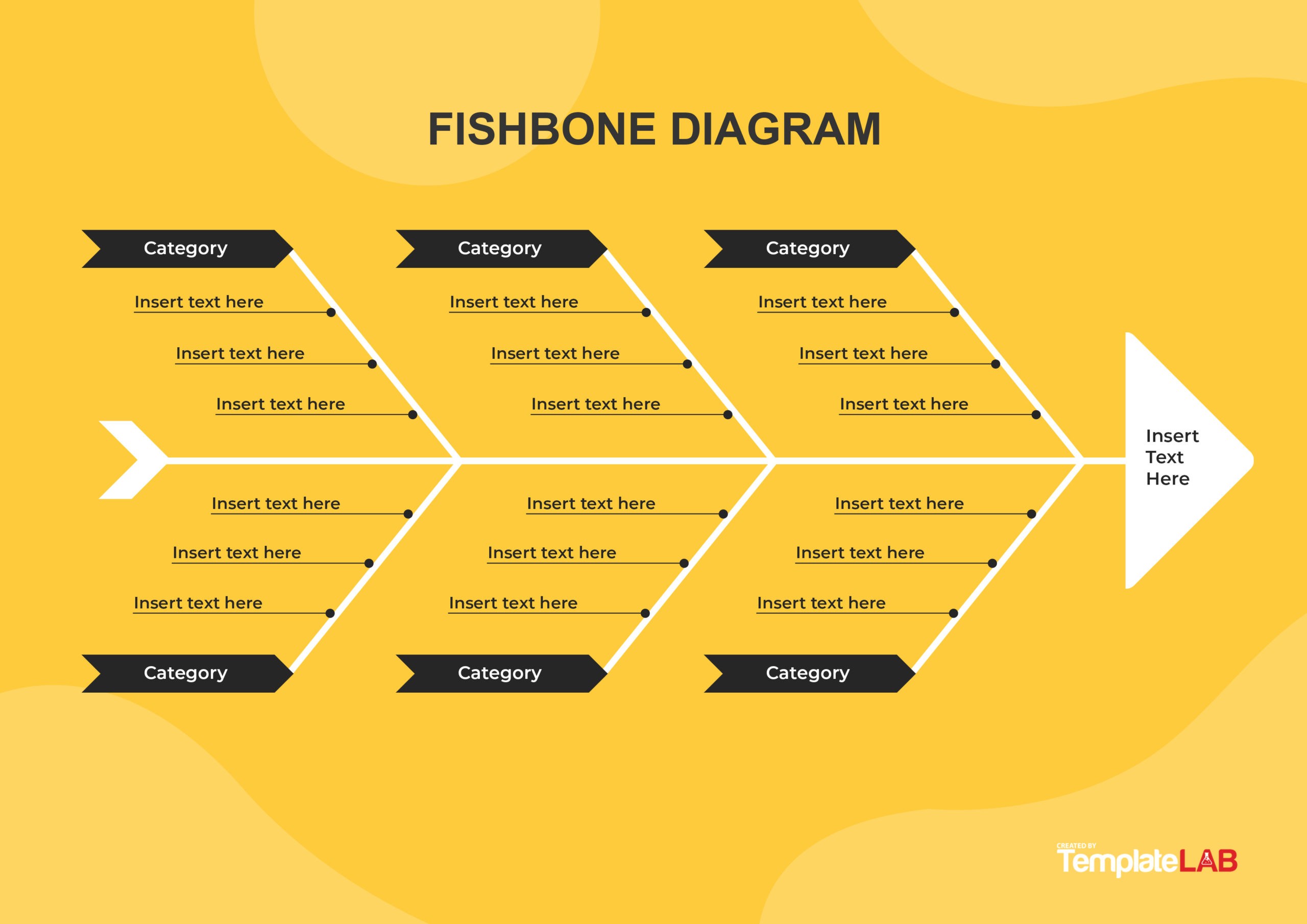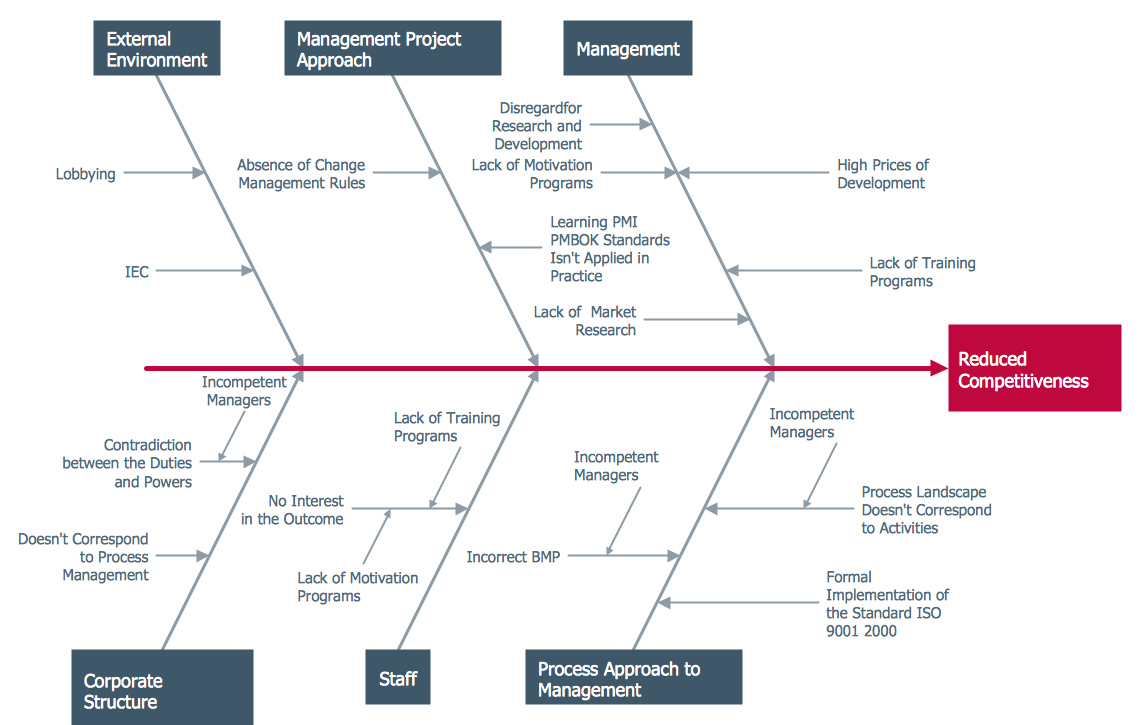

Renowned engineer Kauro Ishikawa developed this technique in the 1960s. Like the 5 whys, this method also originates in Japan. Otherwise, there is a risk of introducing biases in the analysis.įishbone is also known as the Ishikawa diagram or cause-and-effect diagram.
ISHIKAWA DIAGRAM SOFTWARE DEVELOPMENT CODE

In this example, we are facing a problem with software that is frequently crashing. Example of 5 Whys in Software Engineering Let's see an example related to software engineering. The 5 whys aren’t limited to car production factories but can be applied in any industry, especially software engineering. "The basis of Toyota’s scientific approach is to ask why five times whenever we find a problem … By repeating why five times, the nature of the problem, as well as its solution, becomes clear." Taiicho Ohno, famously known as the father of Toyota’s production system, summarizes the 5 whys concisely below: Now, an essential problem-solving approach not only in Toyota but globally in other industries and professions. This simple yet intuitive method was first popularized by the founder of Toyota, Sakichi Toyoda. The 5 Whys technique involves asking ‘why’ questions 5 times to identify the underlying cause of the problem. The two most popular techniques for conducting RCA are the “ 5 whys” technique and the “ Fishbone diagram.” Both of these methods will be discussed thoroughly here.

The basic goal of RCA is to prevent the problem from happening again. In software development, this broad technique helps pinpoint a specific bug or shortcoming in the code. It is a universal technique and can be applied everywhere. RCA isn’t limited to a specific industry’s problems. RCA includes analyzing the problem from all angles, collecting all the relevant data, and identifying and linking multiple factors that have ultimately caused the problem. It is a broad term comprising multiple techniques and methods adopted worldwide from various professions and industries. Root Cause Analysis (RCA) is a problem-solving technique used to identify the root/cause of a problem. The origins, pros, and cons of these two methods weighed together make them a paramount step to locating and removing the cause of the problem in a software engineer’s work. Among these techniques of Root Cause Analysis, we will touch upon the two most common ones I have encountered. Every company has a different route to finding the root cause of the problem.

While making these ingenious and complicated applications, there are high chances of problems and bugs. Software engineers are the builders and designers of the applications we conduct all our digital activities.


 0 kommentar(er)
0 kommentar(er)
